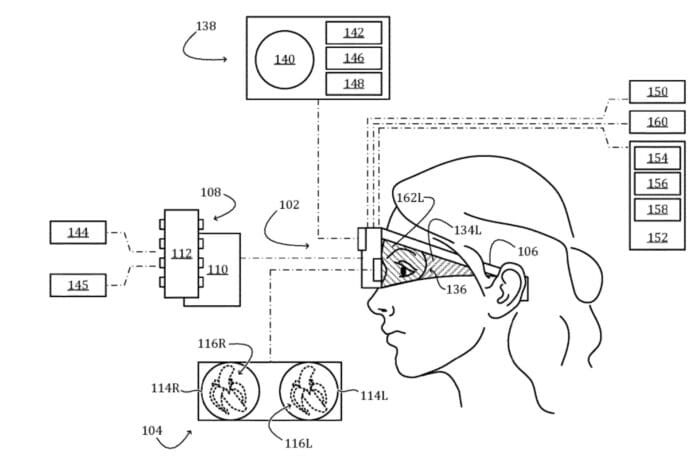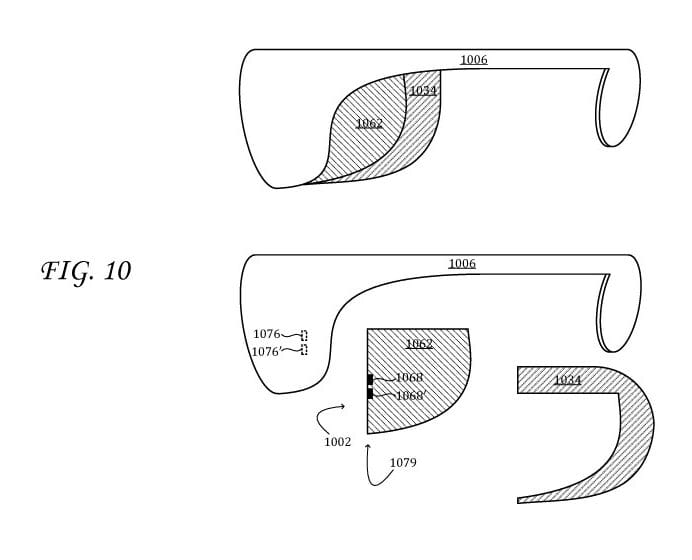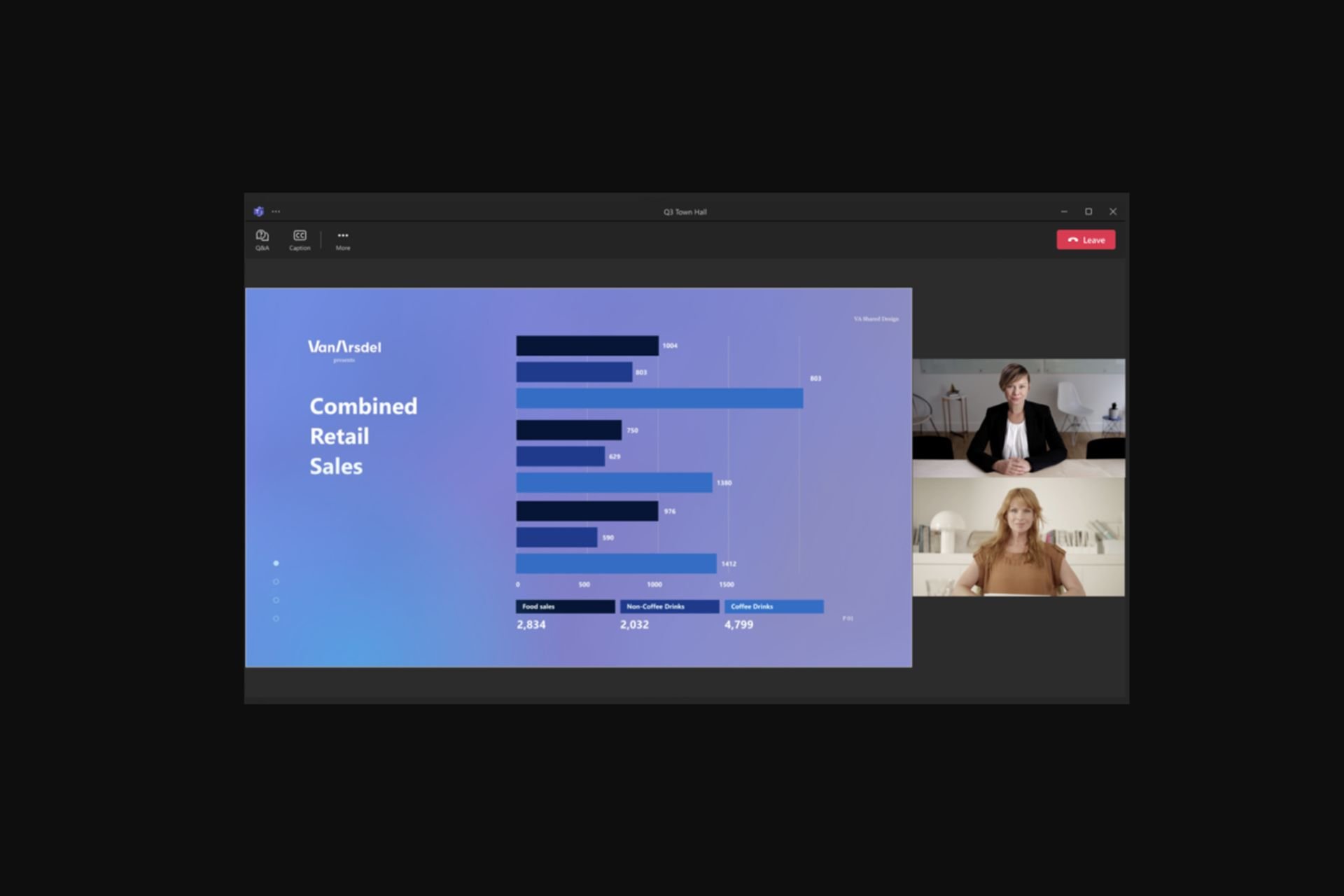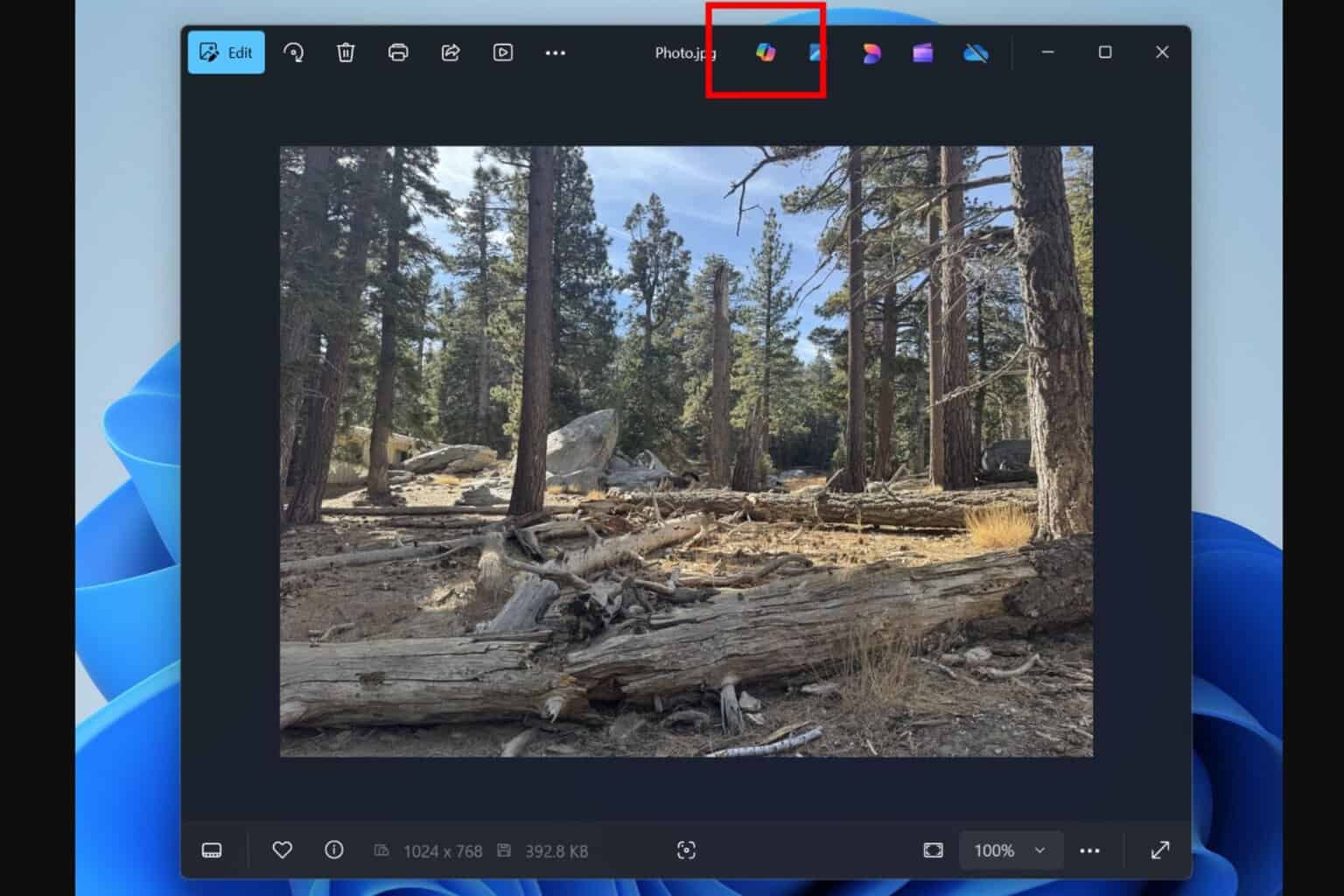Microsoft's latest patent describes a VR/AR headset capable of adjusting the level of reality displayed on their screen
Hololens 3 could theoretically have this tech.
3 min. read
Updated on
Read our disclosure page to find out how can you help Windows Report sustain the editorial team. Read more

Virtual reality (VR) and augmented reality (AR) technology and headsets are quickly changing, and Microsoft is trying to keep up. The Redmond-based tech giant seems to be considering developing a VR/AR technology for headsets that takes you into the digital space and lets you control how much of the real world comes in. Thanks to Microsoft’s fresh vision-control system for near-eye display systems, the tech might soon be implemented in headset devices.
According to a recent patent, this new technology incorporates an electrochromic insert into the sides of a head-worn frame. This lets users change how clear or opaque their side vision is, making it simple to adjust as needed. Suppose you are playing a virtual reality game or using an augmented reality application to improve your real-life situation. In that case, the system ensures a smooth mixing of digital and physical environments.
At the heart of this system is its capacity to change the optical transmittance of an electrochromic insert. This element, situated at one side of the head-worn frame, links with at least two peripheral contacts stretching to transparent electrodes. Equipped with a control circuit that reacts per the user’s command, it can alter the voltage applied to these contacts and modify the transparency level in the insert accordingly. Users can then determine how much of the real world they want to observe by giving a simple command while still wearing their headsets.
But how does it play out? Imagine you’re deeply immersed in a VR experience, and your phone starts ringing. To avoid clumsily taking off the headset, you can use the vision-control system to make the peripheral inserts more transparent. You can look around and find your phone while still in the virtual world. This system is very easy to use. It can also respond to motion sensors, voice orders, or outside sounds taken by a microphone.
In addition, the electrochromic insert is not a sole function. It can be modified to suit various lighting situations and has been designed with flexibility in mind – it can also be detached from the helmet. So, when you require darkening against disturbing lights or want to increase the entry of natural light for better viewing of things around you, this system provides all that’s needed. And for those who care about its appearance, the insert can be fitted into different head-worn frame styles such as visors and goggles to helmets or safety glasses.
This technology might be a game-changer for professionals who use AR in their work, like design, training, or remote help. It could make switching between digital content and the actual world much easier. Likewise, gamers may find it beneficial to create an even more immersive and personalized experience with their games.
Microsoft’s vision-control system is a step forward in near-eye display technology for VR/AR headsets. It mixes digital and real-world experiences more smoothly than ever before, allowing new ways of interacting with technology.
Could it be implemented into the next Hololens devices? Who knows? Microsoft has been publishing dozens of patents that hinted at the upcoming device, but it’s still too early to say anything. We surely hope so.
Meanwhile, you can read the full paper here.









User forum
0 messages